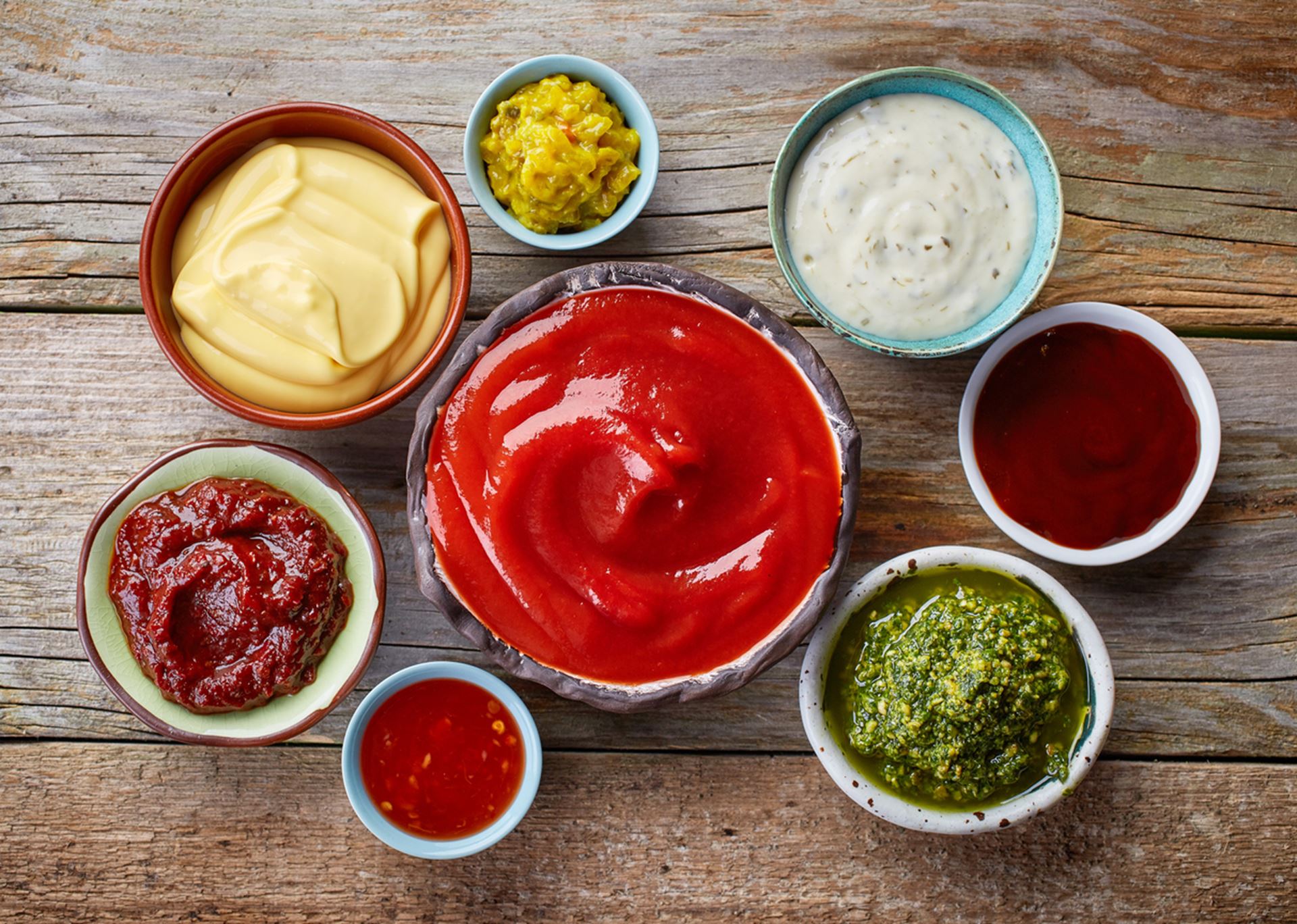Curriculum connections
This activity supports Alberta’s Physical Education and Wellness (PEW) curriculum for grades 1, 2, and 3.
|
Grade |
Organizing Idea |
Learning Outcome |
|
Healthy Eating |
Students examine and connect a variety of foods to growth and development. |
|
|
Healthy Eating |
Students examine internal and external factors that influence food choices and decisions. |
|
|
Healthy Eating |
Students investigate food and describe how it affects the body. |
✍🏽 Asking students to complete a written response in a learning journal or on an exit slip may support the development of the KUSPs found in the “Writing and Conventions” and “Organizing Ideas” of the English Language Arts and Literature curriculum.
Try these classroom discussion questions!
✨ Our team worked with a curriculum consultant to support these alignments with the Alberta curriculum. There are many ways to connect the activity to the curriculum from K–12. You know your learners best, so feel free to meet them where they are. ✨
How do you talk about foods not pictured in the Food Guide?
💛 Making space for a variety of foods contributes to a positive relationship with food and recognizes that factors such as taste, culture, and food traditions play a role in students’ food choices.
As students share examples of foods they like to eat, welcome those that come from the “sauces and sides” section in addition to foods from Canada’s Food Guide. The sauces and sides section was created to highlight foods from beyond Canada’s Food Guide. Foods that do not fit neatly into the categories in the Food Guide are sometimes misrepresented as unessential or “junk” food, but all foods have a role. For example, what would curry be without turmeric or chilies? Salad without salad dressing? And a chewy cookie can add flavour and texture to a meal. None of these ingredients or foods belong to a category, yet they all have value.
👉 Not sure how to approach food conversations with students? Let’s Talk About Food offers practical tips to help you feel more confident and supported.
